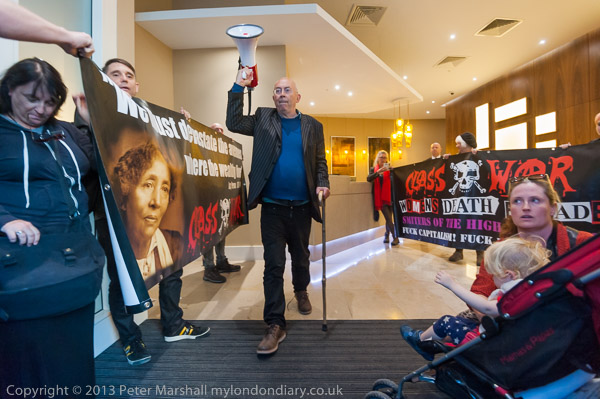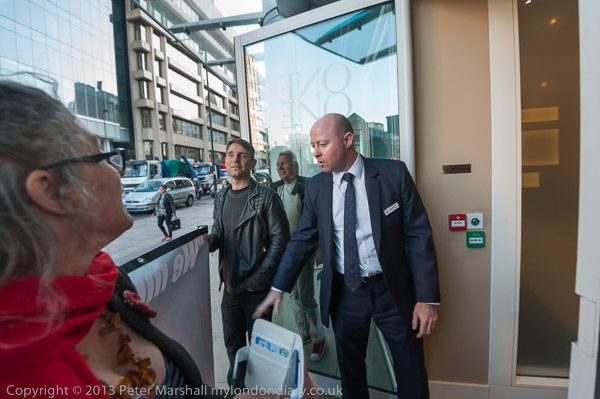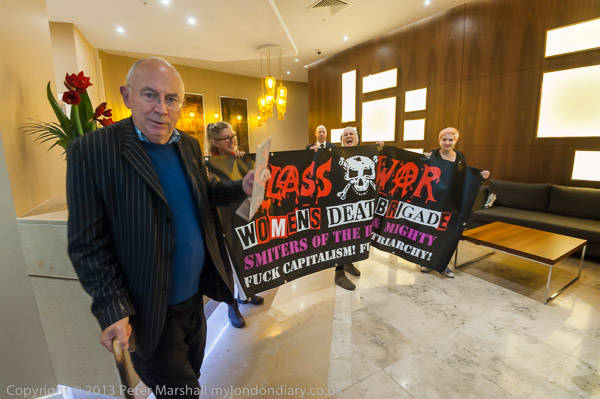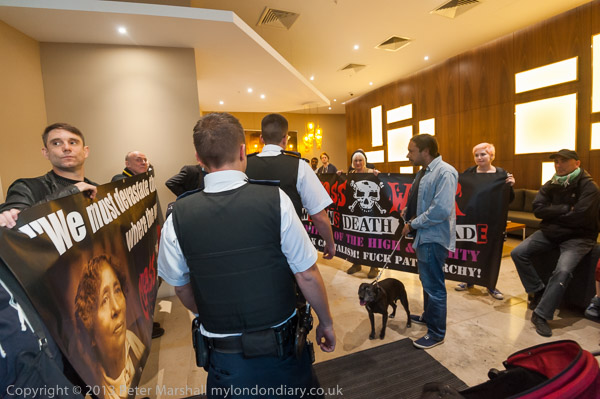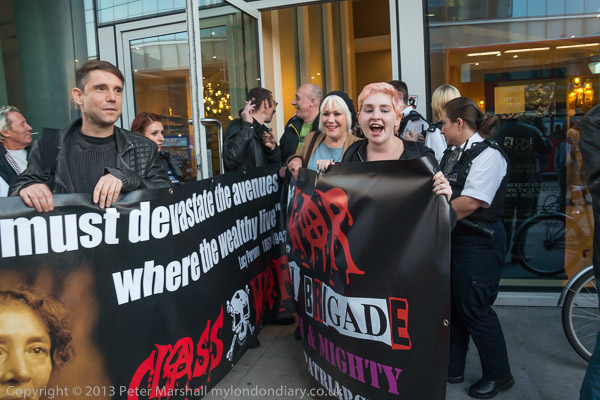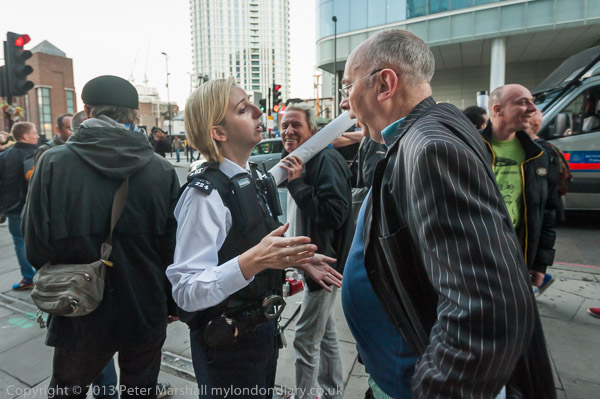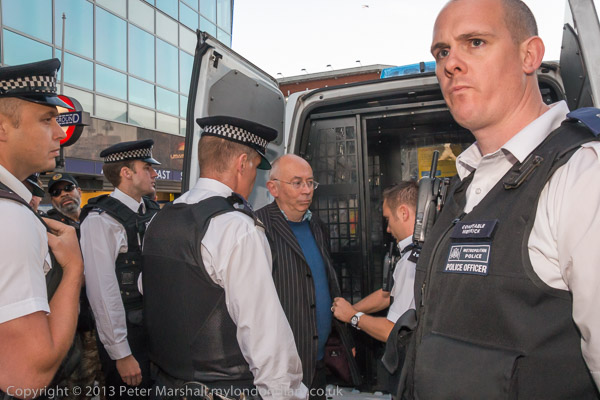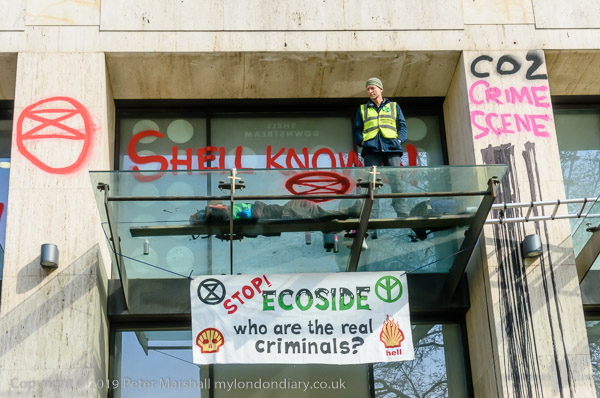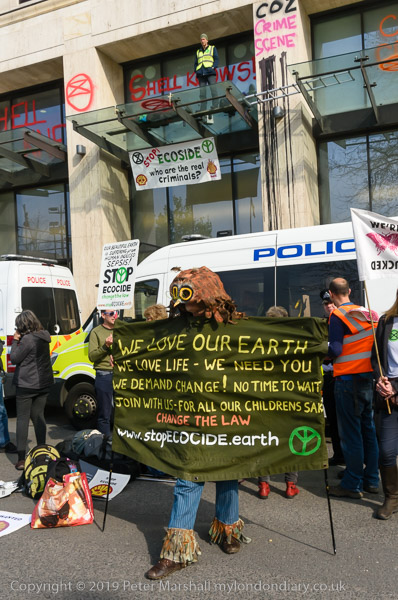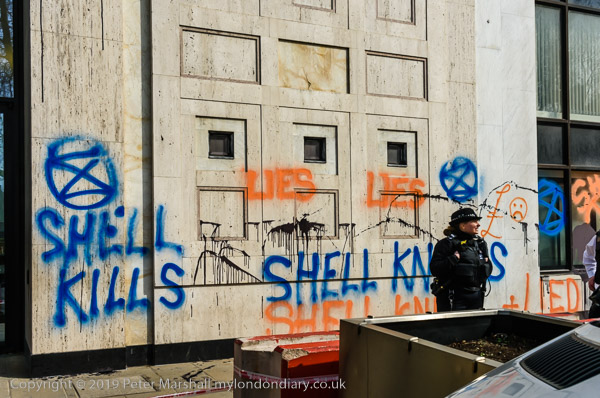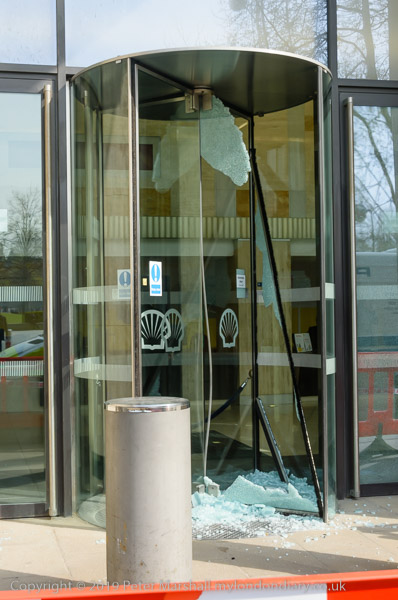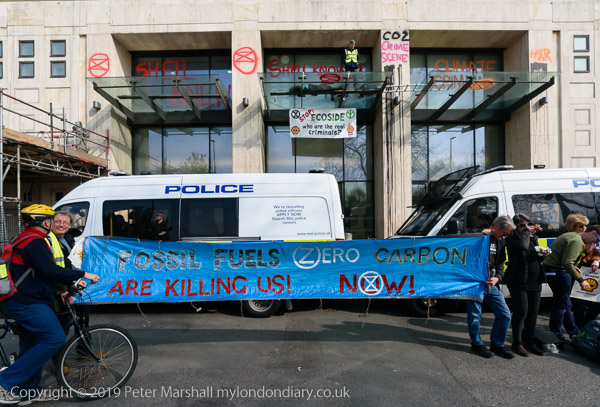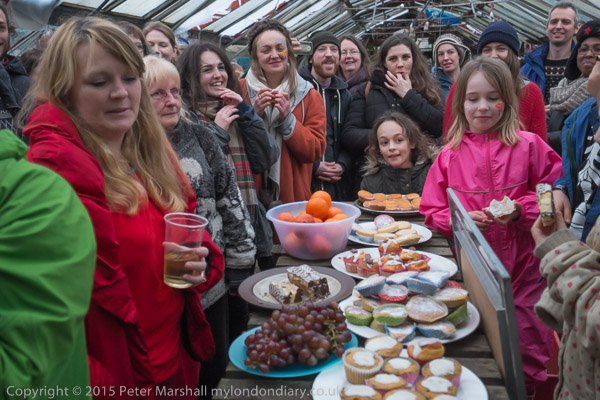
On 28th February 2015, Grow Heathrow, a non-hierarchical free community in an occupied derelict nursery at Sipson, just north of Heathrow Airport celebrated 5 years with open workshops and a party.
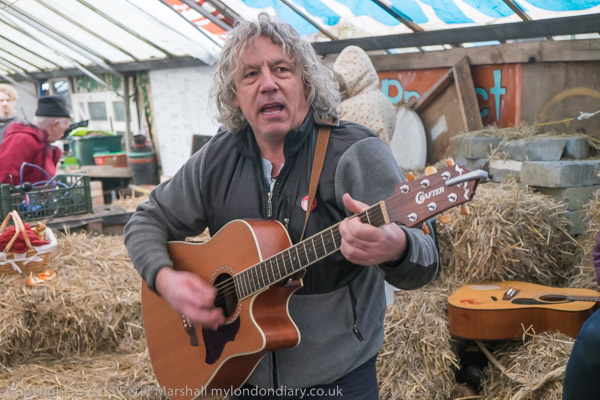
It had been set up as a symbol of community resistance to the economic, ecological and democratic crises and to oppose the increasing development of the aviation industry and Heathrow, at a time when local residents, myself included, were protesting against the building of a “third runway” to the north of the current airport.
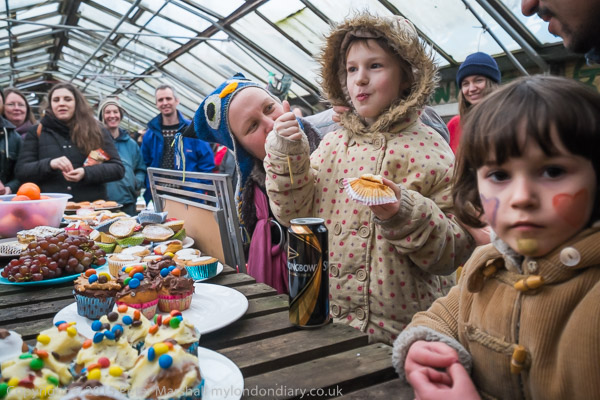
Local protests had begun back in 2003, and by the time squatters occupied the long-abandoned market garden victory on the specific issue of the new runway seemed more or less assured. Transition Heathrow’s ‘Grow Heathrow’ had longer term and more far reaching goals, hoping to create more sustainable and resilient Heathrow villages after the dropping of the third runway and more widely to build long-term infrastructure and networks to deal with peak oil and the threat of climate change. On their site they set out to demonstrate how we could live differently, ‘off grid’ and with a different and cooperative lifestyle.
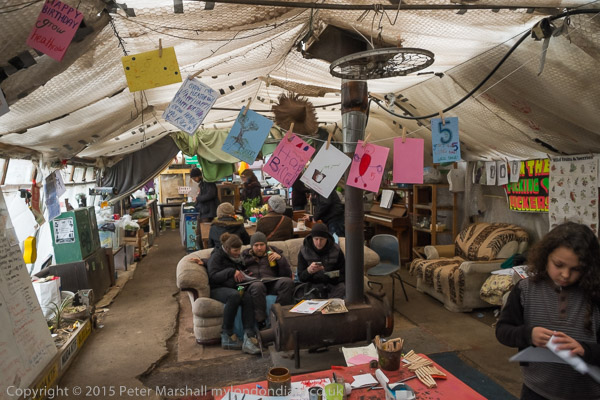
I wasn’t particularly closely involved with Grow Heathrow, though I visited the site a number of times for various events, as well as taking part in the local protests and events at the nearby Greenpeace ‘Airplot’, where I was one of the 91,000 of beneficial owners of a very small area of land. It’s an area I knew from my youth, when I often cycled through Sipson ,Harmondsworth, Longford, Horton and Colnbrook.
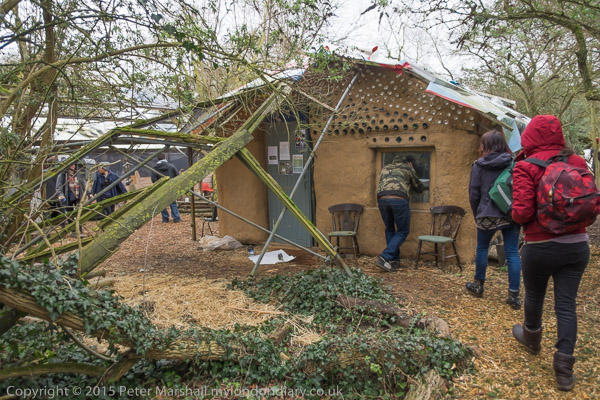
Grow Heathrow weathered a number of legal battles to stay in occupation, but were evicted from the front half of the site where most of these celebrations took place two years ago at the end of February 2019 after around 9 years of occupation and growth. I’ve not visited since the eviction but so far as I am aware there are still some residents on the back part of the site – which had a different owner, but visits have not been possible since the start of the pandemic.
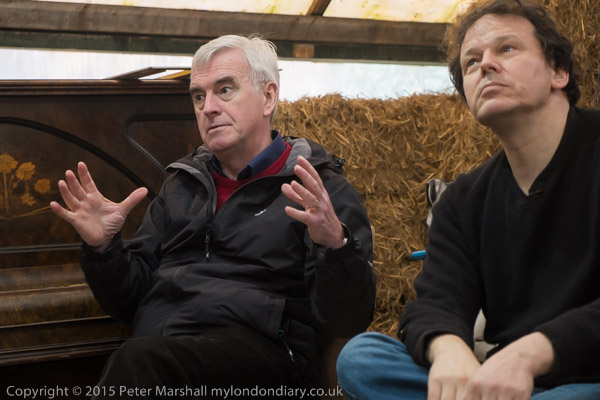
The project was an important one and brought together many people from different backgrounds, including local residents and international visitors, some who stayed for months and years. Among those who came to the 5th birthday party to join the celebrations and speak were local MP John McDonnell, Tristram Stuart, a pioneer of the radical food movement with his 2009 book on food waste, anthropology professor David Graeber and activist Ewa Jasiewicz.
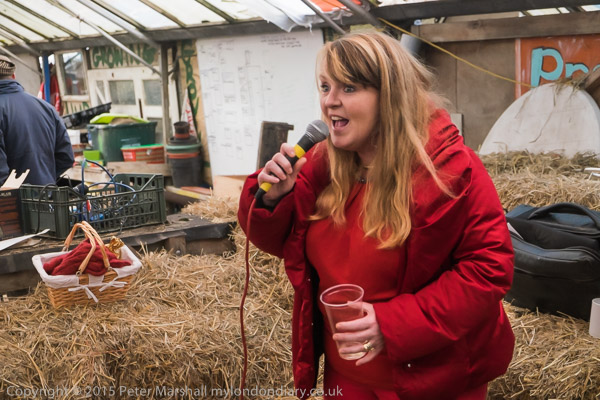
Grow Heathrow was an inspiration to many, though some of us were unable to envisage its rather spartan lifestyle for ourselves there were lessons that could be learnt in particular from its involvement with the wider community. Heathrow expansion is back on the agenda today, though it is hard to believe it will go ahead given the growing realisation of the vital importance of the climate crisis. Aviation as we know it is incompatible with the kind of Green future our government now plays lip-service too – and will need putting into action for civilisation to survive.
Many more pictures at Grow Heathrow’s 5th Birthday.
All photographs on this and my other sites, unless otherwise stated, are taken by and copyright of Peter Marshall, and are available for reproduction or can be bought as prints.
